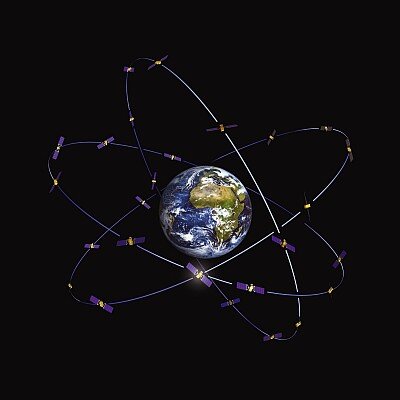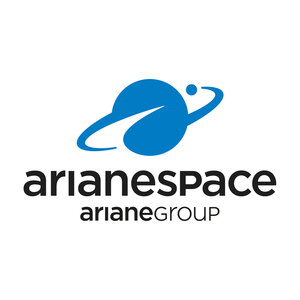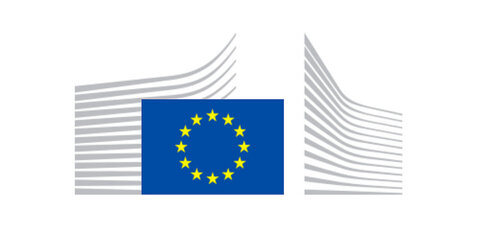Eight more Galileo navsats agreed
ESA today signed a contract to build a further eight Galileo satellites, alongside other agreements to modify Europe’s Ariane 5 launcher to carry four navigation satellites at a time.
The signing took place at the European Commission's centre in London, Europe House, in the presence of European Commission Vice President Antonio Tajani and UK Universities and Science Minister David Willetts MP.
The contract to construct and test the Galileo satellites was awarded to a consortium headed by prime contractor OHB System AG in Bremen, Germany, and partner Surrey Satellite Technology Ltd (SSTL) in Guildford, UK.

Back in January 2010 this consortium was awarded the contract to build the previous 14 satellites.
As before, OHB is responsible for the satellite platforms and overall integration, while SSTL is building the navigation payloads.
ESA also signed two contracts with Astrium in France, to modify the more powerful Ariane 5 ES variant of the launcher to deploy four Galileo satellites at a time into medium orbit.
In addition, ESA has booked an initial launch option with Paris-based Arianespace.

The Ariane 5 ES is currently used for launching ESA’s Automated Transfer Vehicle to the International Space Station at around 380 km, but requires changes and requalification to deliver satellites to orbital altitudes of 23 222 km.
A dispenser will be developed to carry and then release a quartet of satellites into their target orbits.
The requalified launcher, known as the ‘Ariane 5 ES Galileo’, should be available by the second half of 2014, along with the current Soyuz from French Guiana.
Galileo, the EC and ESA

Europe’s Galileo satellites combine the best atomic clocks ever flown in space for navigation – accurate to one second in three million years – with a powerful transmitter to broadcast precise navigation signals.
The Galileo constellation began to take shape on 21 October 2011, when the first two of four Galileo In-Orbit Validation (IOV) satellites were launched into orbit. They are now operating as planned. The remaining two will be launched at the end of this summer.
These will be followed by the Full Operational Capability (FOC) satellites now being built by OHB and SSTL.
The definition, development and IOV phases are being undertaken by ESA and co-funded with the EC. The subsequent FOC phase is managed and funded by the EC; the EC has delegated the role of design and procurement agent to ESA.















 Germany
Germany
 Austria
Austria
 Belgium
Belgium
 Denmark
Denmark
 Spain
Spain
 Estonia
Estonia
 Finland
Finland
 France
France
 Greece
Greece
 Hungary
Hungary
 Ireland
Ireland
 Italy
Italy
 Luxembourg
Luxembourg
 Norway
Norway
 The Netherlands
The Netherlands
 Poland
Poland
 Portugal
Portugal
 Czechia
Czechia
 Romania
Romania
 United Kingdom
United Kingdom
 Slovenia
Slovenia
 Sweden
Sweden
 Switzerland
Switzerland































